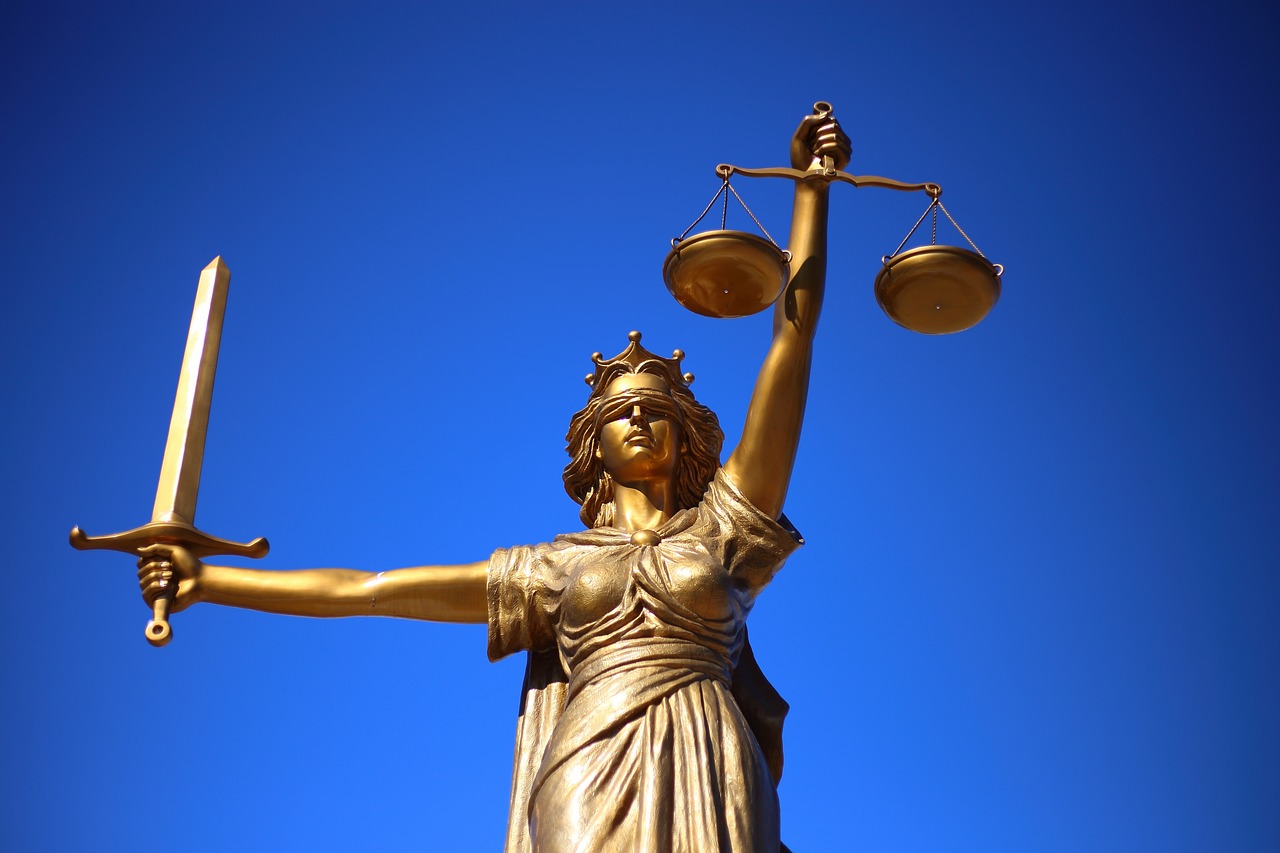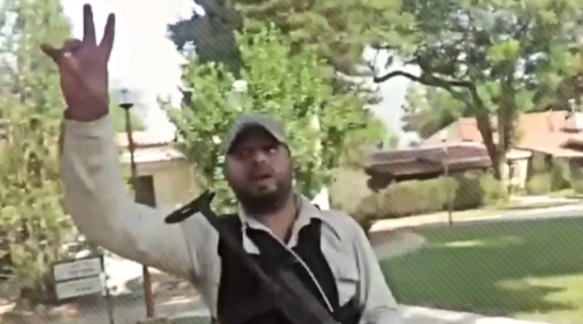Located in the Jordan Valley, the Belvoir castle, built in 1168 by Hospitaller Knights on the ruins of the Jewish town Kochav, aimed to stop the Muslim invasion but was overrun by a major historic figure.
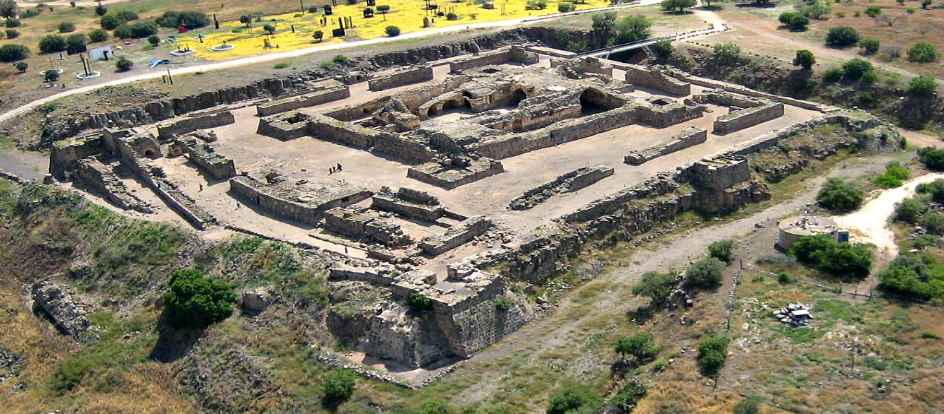
Located about 20 kms south of the Sea of Galilee and 15 kms North of Bet Shean is Kohav HaYarden, the ruins of Belvoir, a Crusader Fortress situated 500 meters above the Jordan Valley that commands a breathtaking view of the valley below.

Built in 1168 by the Hospitaller Knights, who purchased the site from a French nobleman by the name of Velos, it is close to the remains of an ancient Jewish town named Kochav, identified as Agrippina, the 3rd station where beacons were kindled to announce the arrival of the new moon at the start of each Hebrew month.
The structure is built on the ruins of former Persian and Byzantine villages and served as a major obstacle to the Muslim goal of invading the Crusader Kingdom of Jerusalem from the east.
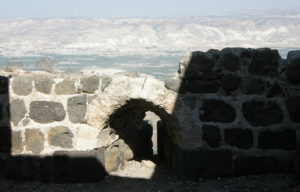
Saladin, the first Sultan of Egypt & Syria (reign 1171-1193) and founder of the Ayyubid dynasty, captures the fortress in 1189 after a siege of 18 months. He allows the defenders to leave, but later Sultans, fearful that the Crusaders would reoccupy to the site, destroy the structure in 1220.
The complex covers an area of 14000 sqm and the plan is made up of 3 concentric rectangles, in which the inner and outer rectangles are reinforced with watchtowers at each of the corners.
The main access to the fortress is via a 90 degree angled opening designed to slow down the forward thrust of prospective enemies. The structure houses a large cistern, refectory, metal workshop as well as storage and sleeping facilities.
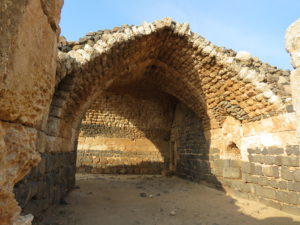
Both basalt & limestone were used in its construction. The north, south & west sides are surrounded by a dry moat & a defensive wall known as a barbican protects the eastern side.
The postern, a hidden backdoor, allowed the inhabitants of the fortress to leave & return in secret. The walls are punctuated with archer slits and the inner ceilings are made up of vaults typical of Crusader architecture, as are the lancet arches.
Today the site is also home to both a Griffon Vulture feeding station and sculpture garden which exhibits the works of the Israeli sculptor Igael Tumarkin.

The site is in the Kokhav HaYarden National Park, cared for by the Israel Nature and Parks Authority. The park is open 8am to 5pm during day light savings, and until 4pm in the Winter months. It is best to visit the site in the afternoon when the sun is in the west.
____________________
Ron Traub is a certified Israeli tour guide and can be reached by email at rrdg
[Find this article interesting? You can find more in depth articles on Israel and the Middle East @en.mida.org.il]

